ILS Approach sequence
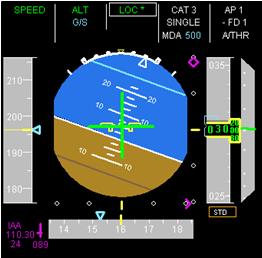
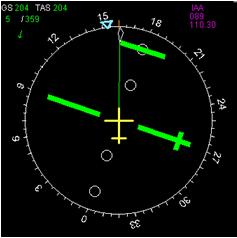
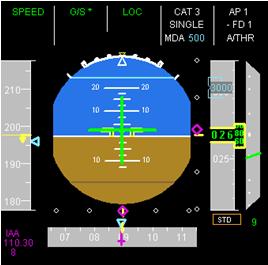
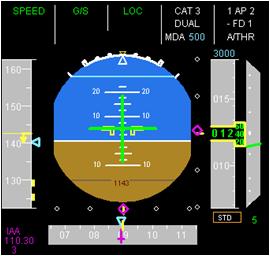
LOC Capture
G/S Capture
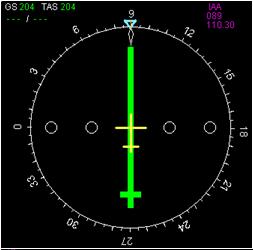
Established
LAND
FLARE
Roll Out
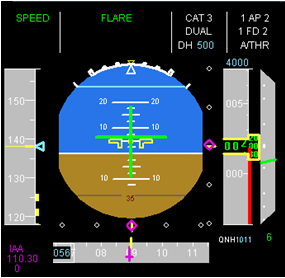
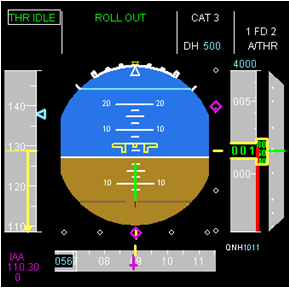
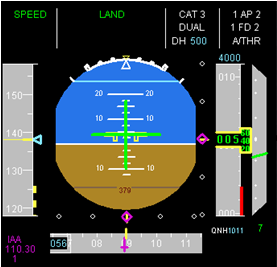

The LAND mode engages automatically at 400 feet Radio Altitude during the approach if the LOC and G/S modes have been engaged and the approach is stable. The FMA display “LAND” in green across columns 2 and 3.
The LAND mode locks the G/S and LOC modes such that no action on the FCU or MCDU can disengage the mode. To disengage the LAND mode the flight crew must do either :
Select the Go-
Turn off both A/Ps and both F/Ds
The Glide slope deviation, Localizer deviation and speed should all be stable and at their target values at 1000 ft radio altitude.
The Glide slope mode can only capture after the LOC, or LOC Capture mode is active.
The LOC Mode captures when the deviation and course difference are within limits. The LOC mode will not engage unless the aircraft is on an intercept heading.
The ILS Ident is determined automatically by the MCDU when the approach runway is selected.
The ILS Ident may be selected manually on the RAD NAV page of the MCDU.
The Glide slope mode guides the aircraft along the Glide slope beam down to 300 ft. The Glide slope may be intercepted at heights above which the radio altitude is not valid. The approach capability will then be CAT 1 in that case, until the radio altimeters are in the valid range. This is 5000 ft for Honeywell equipped aircraft, or 8000 ft for others.
During the approach the flight select the FCU speeds and flap settings consistent with the required configuration of the aircraft. The aim would be to have the final flap and speed settings at 1000 ft radio altitude.
Should the LOC deviation exceed ¼ DOT for 2 seconds, the LOC deviation scale will flash. Similar if the G/S deviation exceeds 1 DOT the scales will flash.
At approximately 40 feet radio altitude, the FLARE mode engages. The Flare mode pitches the aircraft up to lower the V/S to about 150 to 250 ft/min on touchdown.
At approximately 30 feet. The yaw axis aligns the aircraft to the runway heading. The A/THR reduce the thrust to idle.
The Roll Out mode engages at touchdown, guiding the aircraft along the runway centerline. The F/D bars change to the Yaw Bar.
At touchdown the A/P produces a nose lowering effect to gently place the nose wheel onto the ground.
The Radio Altitude will read zero at the point of touch down but then show negative values as the aircraft weight is taken by the wheels and the landing gear compresses. The A/THR disconnects at this Weight On Wheels condition.
Auto Land Warning Light
An Auto land warning light on the glare shield flashes AUTOLAND in RED with a triple click aural warning when:
Both A/Ps are Off below 200 ft radio altitude
Excessive LOC or G/S deviation
Loss of LOC signals above 15 ft radio altitude, or G/S signal above 100 ft radio altitude
Difference between both radio altimeters exceeds 15 feet.